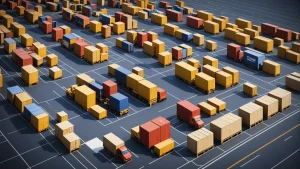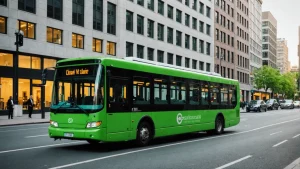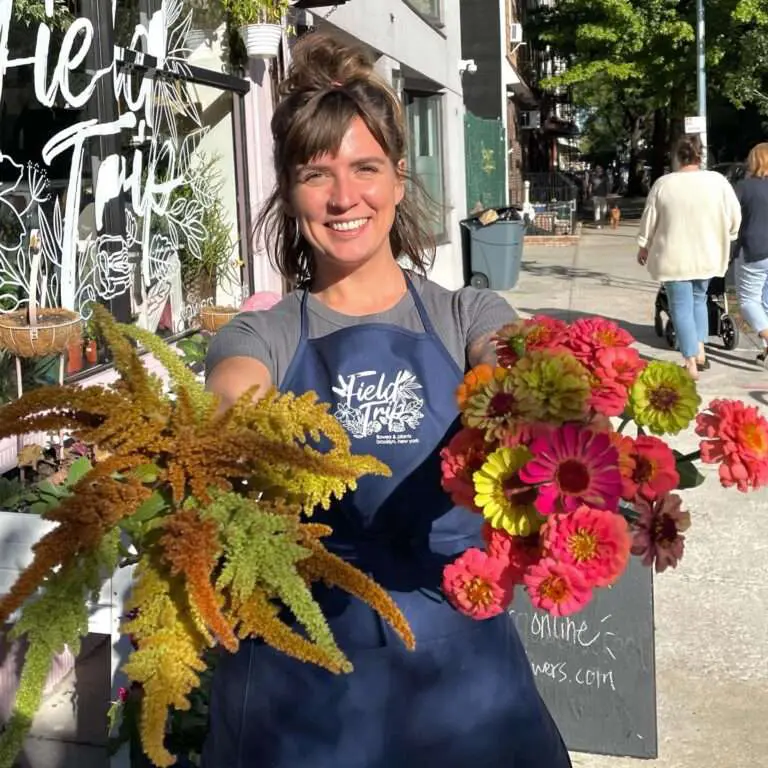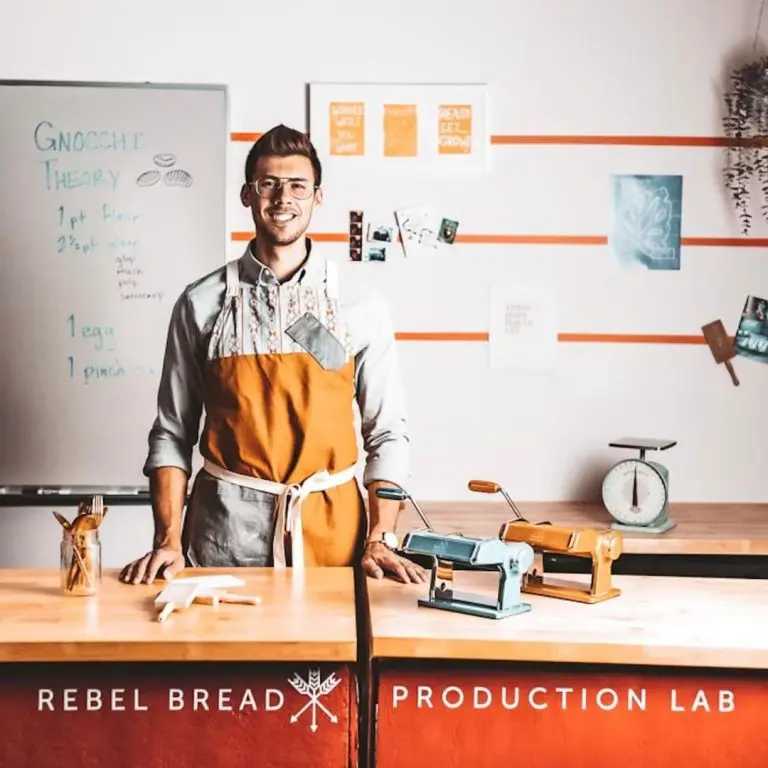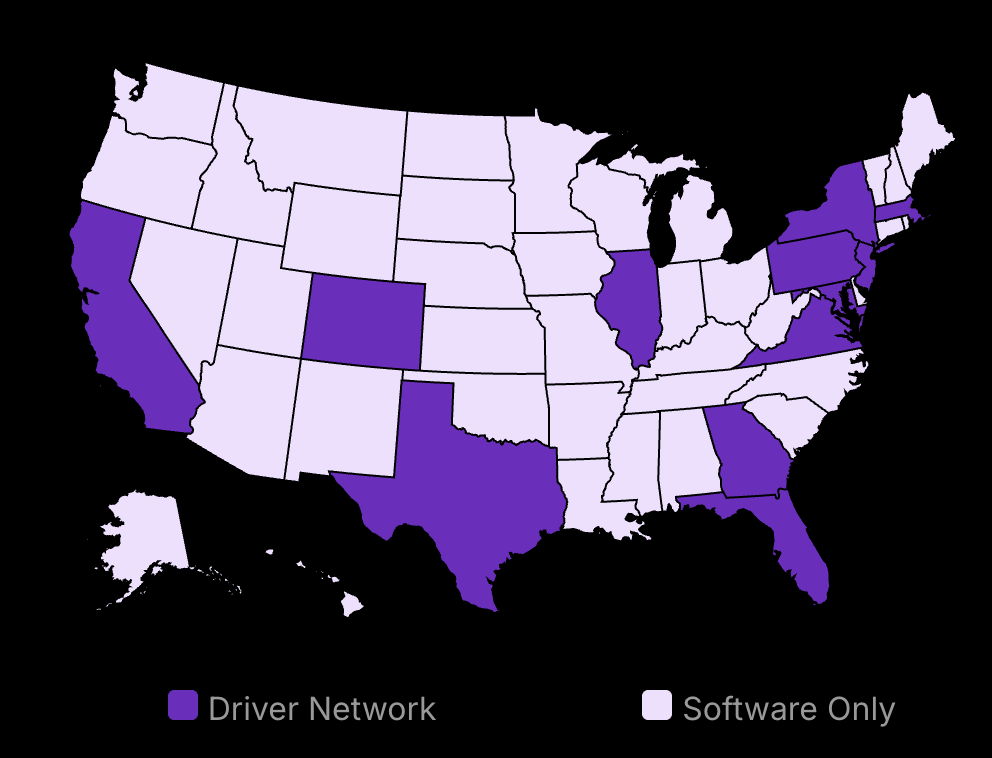Small business owners face intense pressure to produce high-quality product photos quickly. The traditional photo studio approach – hiring photographers, scheduling shoots, waiting for edits – is expensive and slow. AI product photography is changing this reality for thousands of business owners.
The numbers are clear: 76% of small businesses that adopted AI photography tools in 2025 reported cost savings of over 80%. But the impact of AI product photos goes beyond money. These tools now create studio-quality photos in minutes, adjust lighting automatically, and generate multiple angles from a single shot.
Think about the core challenge: Small businesses need professional product photos to compete, but traditional photography eats into their limited resources. AI solutions are fixing this problem by creating product photos with speed and precision that weren’t possible before 2025.
This shift is particularly important for e-commerce businesses. Online shoppers make quick decisions based on product images. Better photos directly lead to better sales. AI tools now help small businesses create these high-converting images without the traditional barriers of cost and time.
The transformation is happening right now. Small business owners are using AI to turn basic product shots into professional marketing assets. They’re competing with larger companies on image quality while maintaining healthy profit margins.

27% higher customer satisfaction
Professional delivery features:
- Real-time GPS tracking
- Automated ETA updates
- Delivery confirmation photos
- 27% higher delivery satisfaction
Immediate Benefits of AI Product Photography for Startups
Enhances product details for better visual appeal
Saves costs by reducing dependency on expensive resources
Provides faster product photo production for quicker business operations
How AI Enhances Product Details
AI has revolutionized how startups display their products. It enhances image sharpness, corrects colors, and optimizes lighting. This means products look closer to how they do in real life. AI can generate realistic 3D renderings of stunning product photos from simple product data. For small businesses, this can replace the need for physical prototypes, which are expensive and time-consuming to create.
Research suggests AI can make product photos look so real that it can be hard to tell they are computer-generated. This boosts customer trust, as visuals match the products they receive.
Cost Efficiency of AI Product Images for Startups
AI allows startups to save big on photography reference image-related expenses. Startups skip hiring photographers or renting studios. AI-driven setups handle it all, slashing costs by up to 60%. This huge cost cut lets startups spend money elsewhere, which is critical when budgets are tight.
The cost-efficiency gains challenge the traditional photography approach. Critics worry these savings might affect job opportunities for pro photographers. However, it opens up possibilities for those pros to redefine their roles as AI specialists or consultants.
Quick Turnaround Times
Time is of the essence for startups trying to launch products. AI speeds up the photography process. Tasks like background removal and cropping, which took hours, now finish in minutes. Products get listed faster, keeping pace with rapid market changes.
This speed lets startups test and modify product displays with minimal delay, which is crucial for e-commerce agility. However, some argue that this reliance on software may narrow creative options. The discussion in “Automate This” by Christopher Steiner explains how automation impacts creative sectors, which might provide balance in understanding these pros and cons.
Impact of AI on E-commerce Photography Growth
Faster editing with AI.
Better organized catalogs.
Quick product launches.
Improved Photography Techniques
AI-Powered Editing Tools For Product Photos
Photos get better fast with AI editing tools. They change colors and fix details in seconds. Photographers now save time with these tools, leading to faster results. In 2025, three out of four photographers are using AI to speed up these tasks. This wide use shows how AI cuts down on tedious work, allowing more photos to go out quickly.
Photography tools are not just for color correction. They can enhance details that human editors might miss. These tools rely on machine learning, where algorithms improve over time. This means that as more data is fed into these systems, the editing tools become smarter, further making the editing process efficient and effective.
Enhanced Image Quality
High-quality images sell products. With AI, image quality goes up. AI enhances colors, sharpness, and other factors that grab customer attention. The use of AI means that businesses no longer need to rely on expensive equipment to achieve a professional finish on an AI background. This democratization of quality allows small businesses to compete with larger players in terms of visual content.
Advanced Image Recognition
Streamlined Catalog Management
Catalog management gets tricky when dealing with many products. AI helps here, streamlining the process significantly. AI systems can group images, making it simpler to manage large digital catalogs. This way, managers spend less time sorting and more time dealing with other important jobs.
Having a structured and well-organized catalog ensures that potential customers can find what they are looking for efficiently. This improvement not only boosts sales potential but also enhances the user’s shopping experience. The organization of images becomes the backbone of efficient e-commerce operations.
Accurate Product Tagging
Product tagging is crucial for e-commerce success. It ensures products show up correctly when customers search for them. Auto-tagging with AI helps achieve this goal. AI uses image recognition to tag faster and more accurately, reducing human error.
This kind of precision is especially important for larger inventories. It ensures that products are not just listed but appropriately categorized and readily accessible during searches.
Faster Time to Market
Rapid Product Listing
Businesses get products to market faster with AI. Rapid listing involves automated tasks like capturing an image, editing it, and uploading it onto e-commerce platforms without much human intervention. This speeds up the process, letting businesses respond quickly to market demands.
This fast-paced ability to generate product photos comes from using AI models that are programmed to recognize patterns and apply edits accordingly. With less time spent on manual entries, businesses can focus on improving and expanding their product range, increasing their competitiveness in the market.
Efficient Online Promotion
Efficient promotions need rapid image processing and uploading. AI assists by pushing products online quickly after images are ready. With enhanced image quality, targeted advertising has a higher chance of catching a potential customer’s eye. The result is better promotional strategies that drive higher engagement and conversions.
When tied to marketing efforts, this quick turnaround taps into consumer interest almost instantly, enabling timely campaigns to create images that align with market trends.
AI transformations in e-commerce don’t just make life easier; they significantly change how small businesses function. These developments show how AI tools and techniques give smaller enterprises an edge in a competitive landscape. As advanced technology continues to evolve, more innovations lie ahead in the online storefront.
Future Trends in AI Photography for Businesses
AI product photography is changing how businesses connect with customers.
Expect more interactive, cost-effective, and creative solutions.
These trends promise to redefine visual branding.
Integration with Augmented Reality (AR)
Interactivity and engagement are increasingly critical in online shopping. AR, enhanced by AI, provides a dynamic way for customers to explore products virtually. This technology transforms a traditional photo into an interactive experience. With AR, customers can see how products fit into their lives, creating high engagement levels that result in increased sales conversions. Tim Cook’s vision of AR becoming as routine as eating meals underlines its growing significance.
Augmented reality also offers creative means for product presentations. Imagine an app where a customer can place a new sofa in their living room using their smartphone camera—it’s a shopping experience that’s both engaging and informative. This technology not only helps customers make better purchase decisions but also fosters brand loyalty due to its innovative approach.
AI and Virtual Photography Assistants
AI has enabled the rise of virtual photography assistants. These tools provide real-time guidance and automate complex tasks like adjusting lighting and framing. They’re like having a professional photographer on standby to help enhance every shot. Currently, 61% of photographers use AI for real-time shot improvements. This trend reflects a shift towards more efficient and accessible photography solutions.
Virtual assistants reduce the time and cost of photo shoots. They allow even those without a photography background to produce high-quality images. This accessibility means small businesses can maintain high visual standards without the expense of professional photographers.
Growth of AI-generated Imagery
AI-generated images are becoming a staple in business branding. With technology like DALL-E 3, creating custom visuals is both inexpensive and rapid. These tools are transforming marketing, providing visual branding opportunities previously limited by cost. The AI image generator market, valued at $349.6 million in 2023, is projected to grow consistently.
AI imagery also adds creativity by allowing businesses to experiment with styles without the constraints of traditional photography. This capability fosters a distinctive brand identity in a crowded marketplace, giving businesses a competitive edge.
What is AI Product Photography?
AI product photography uses innovative tech to enhance image quality and streamline the photo shooting process. Historically, this approach evolved from simple editing software to complex AI systems providing full creative control of your product photos. Today, it automates time-consuming tasks, making high-quality photography more accessible. Businesses have moved from relying on manual processes to utilizing advanced AI tools to meet the demands of a digital-first marketplace.
AI-Generated Backgrounds and Product Photos For Your Business
AI product photography has changed how small businesses compete in 2025. The technology makes it possible for even the smallest companies to create professional product photos at a fraction of the traditional cost. The combination of speed, quality, and cost savings has leveled the playing field. As businesses continue to explore innovative ways to enhance their visual content, understanding the nuances of photography techniques becomes essential. A great starting point for those interested in elevating their imagery is the comprehensively designed guide on enhancing food photography. This guide provides valuable insights into the art and science of capturing appetizing images that resonate with customers.
Lighting is a critical element that can make or break food photography. Mastering techniques in food photography lighting can transform ordinary dishes into mouthwatering visuals that entice customers. For those eager to perfect their lighting skills, this external post on food photography lighting essentials offers expert guidance to make your dishes irresistibly attractive.
Small business owners now have tools that were once only available to large corporations. AI-powered editing enhances product details automatically. Virtual photography assistants guide business owners through the process of product photos. Image recognition systems organize product catalogs efficiently. These advances mean businesses can focus more on growth and less on technical details. For those looking to capture stunning images of their food products, there are numerous resources available. A comprehensive guide on food photography can significantly enhance the visual appeal of culinary delights, an area where AI tools can also complement traditional techniques. Check out this informative post on the ultimate guide to food photography for expert tips and tricks.
The integration with augmented reality opens new ways for customers to experience products. Companies can now show their items in many different styles, settings, and angles without expensive photo shoots. This helps customers make better buying decisions.
Looking ahead, AI product photos will continue to evolve. New features will make it even easier for small businesses to take product photo tools and create compelling visual content. The key is to start using these tools now. Early adopters will build stronger visual brands and connect better with their customers. The technology is here – it’s time to put it to work. Additionally, integrating the right elements in product photography, such as high-quality backdrops, can enhance the overall visual appeal of products. Exploring resources on how to use effective food photography backdrops can guide small business owners in creating stunning imagery that captures consumer interest.

















